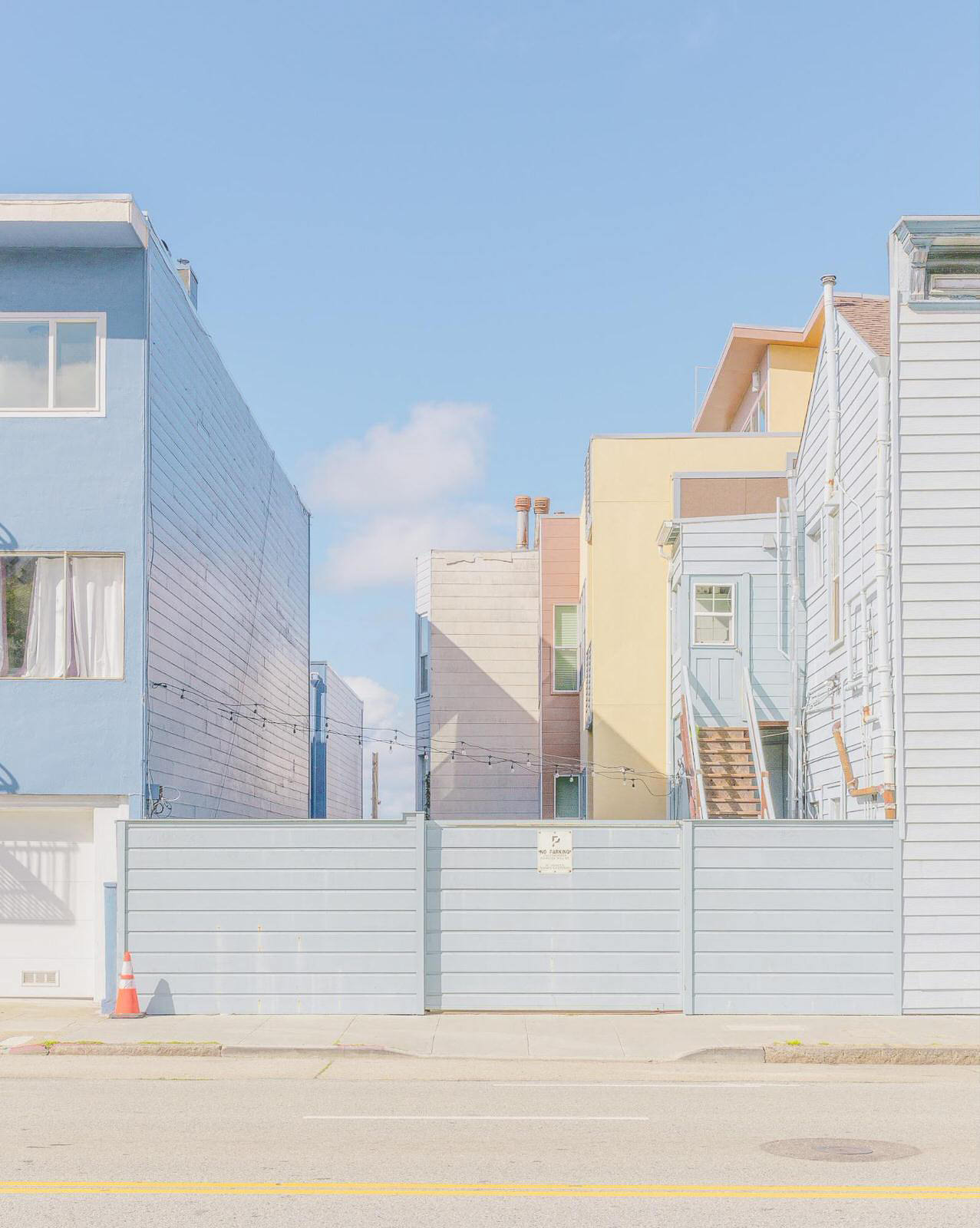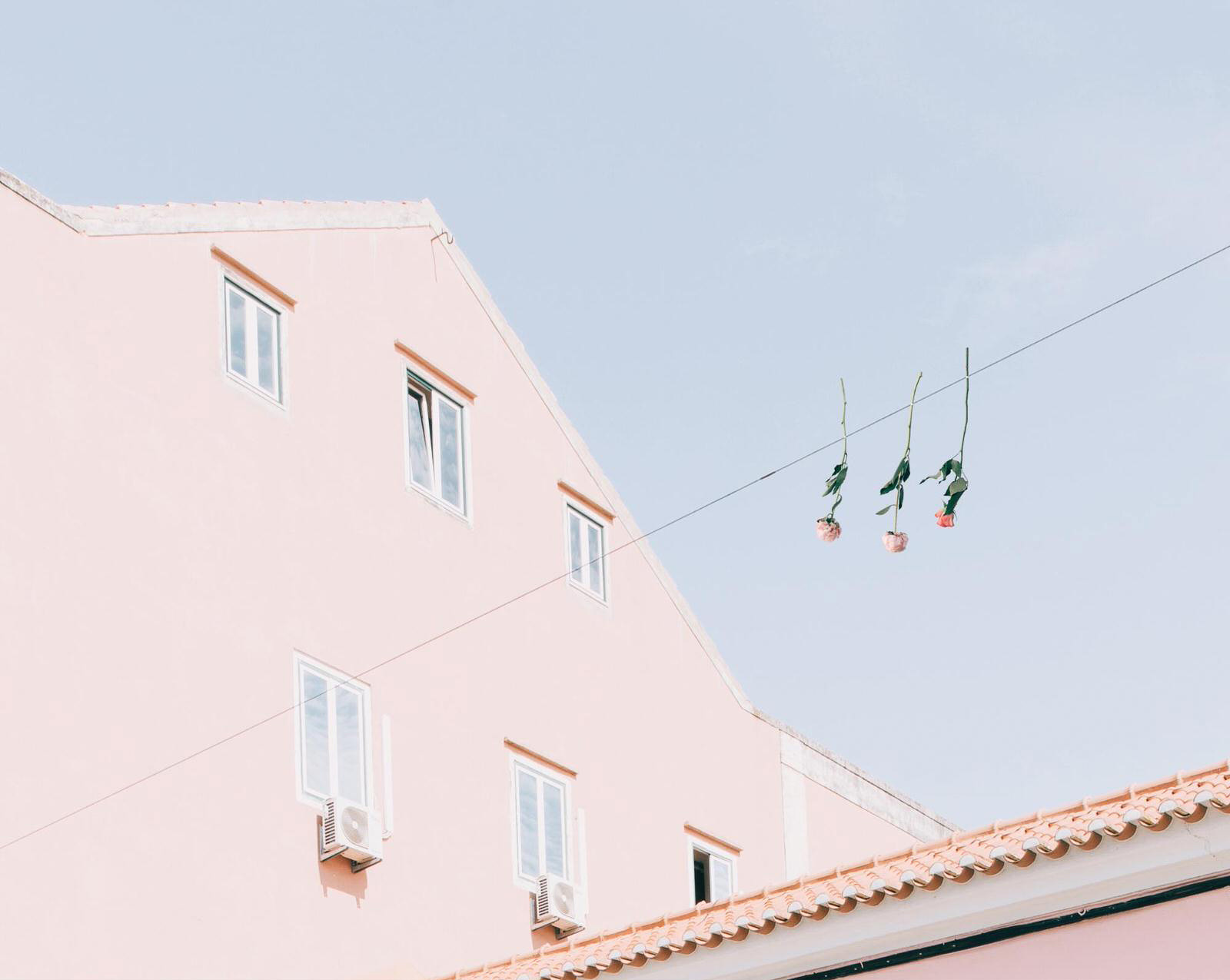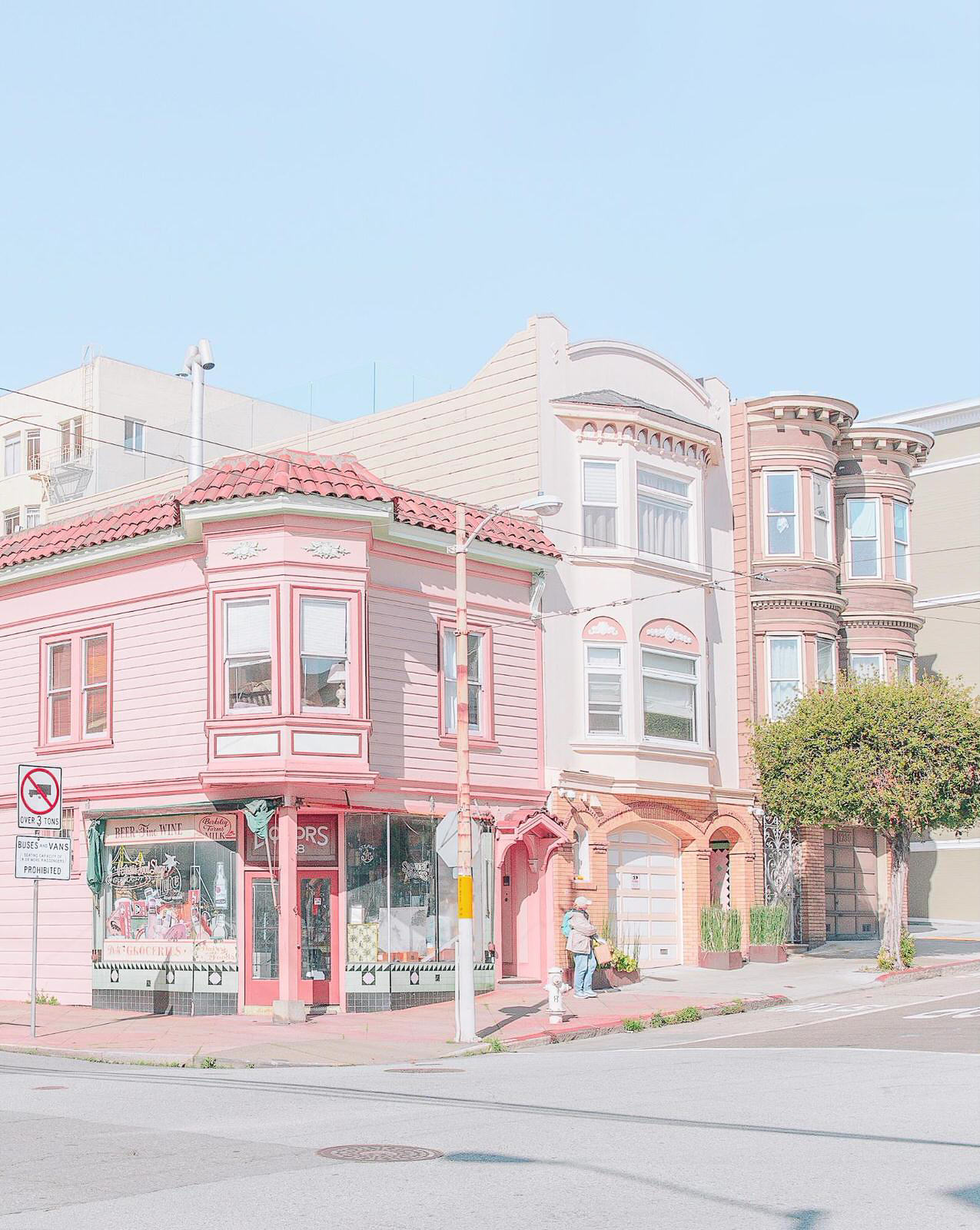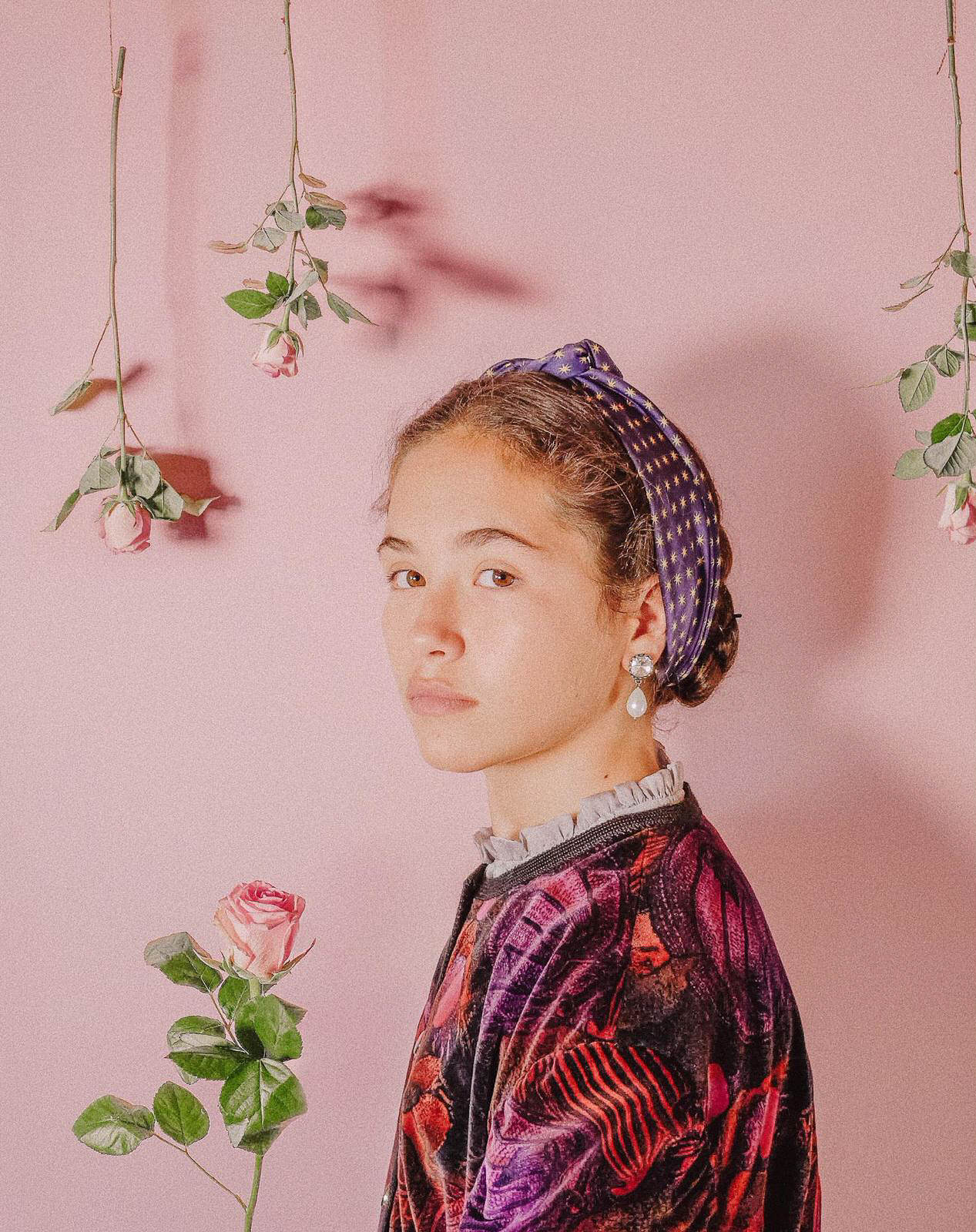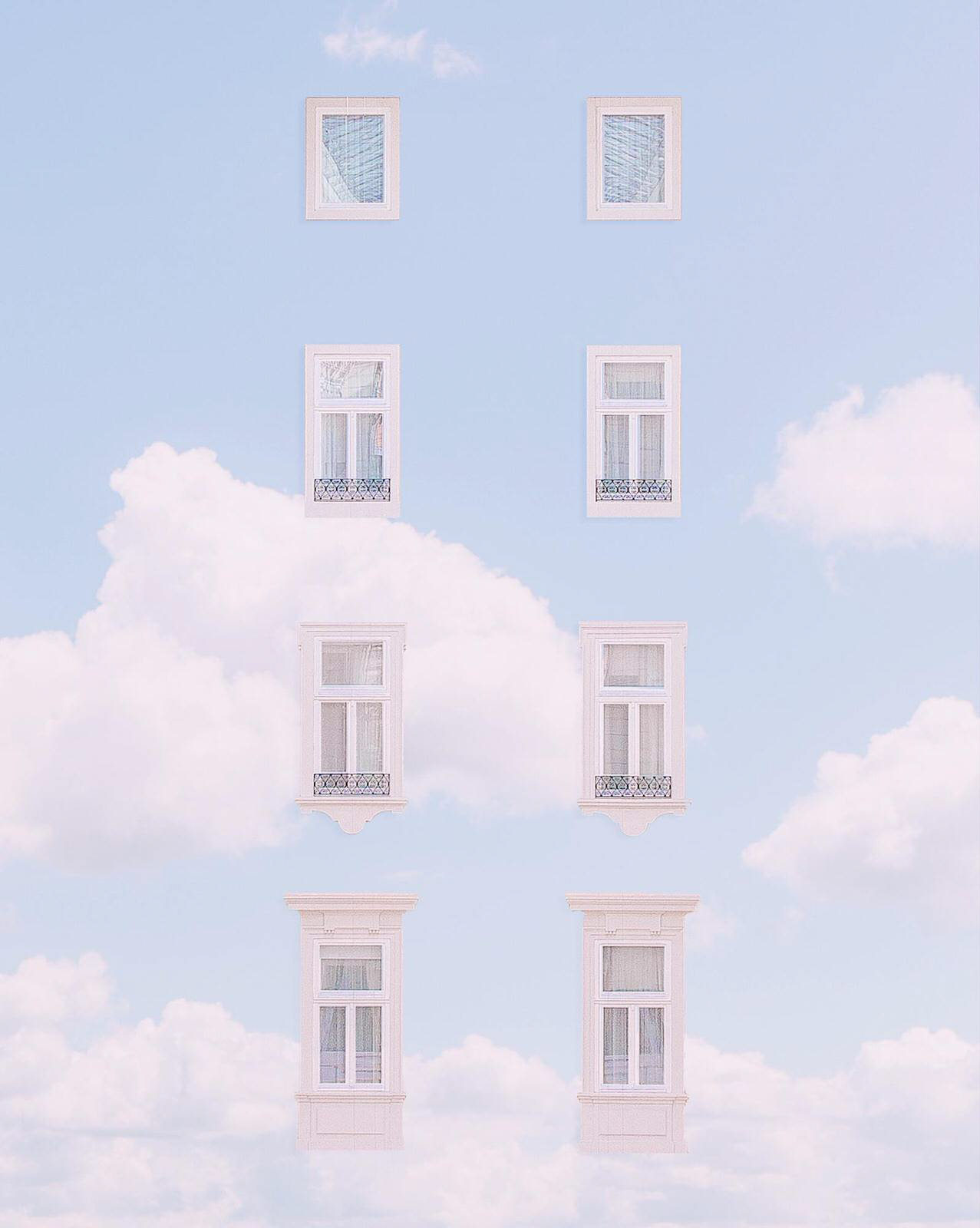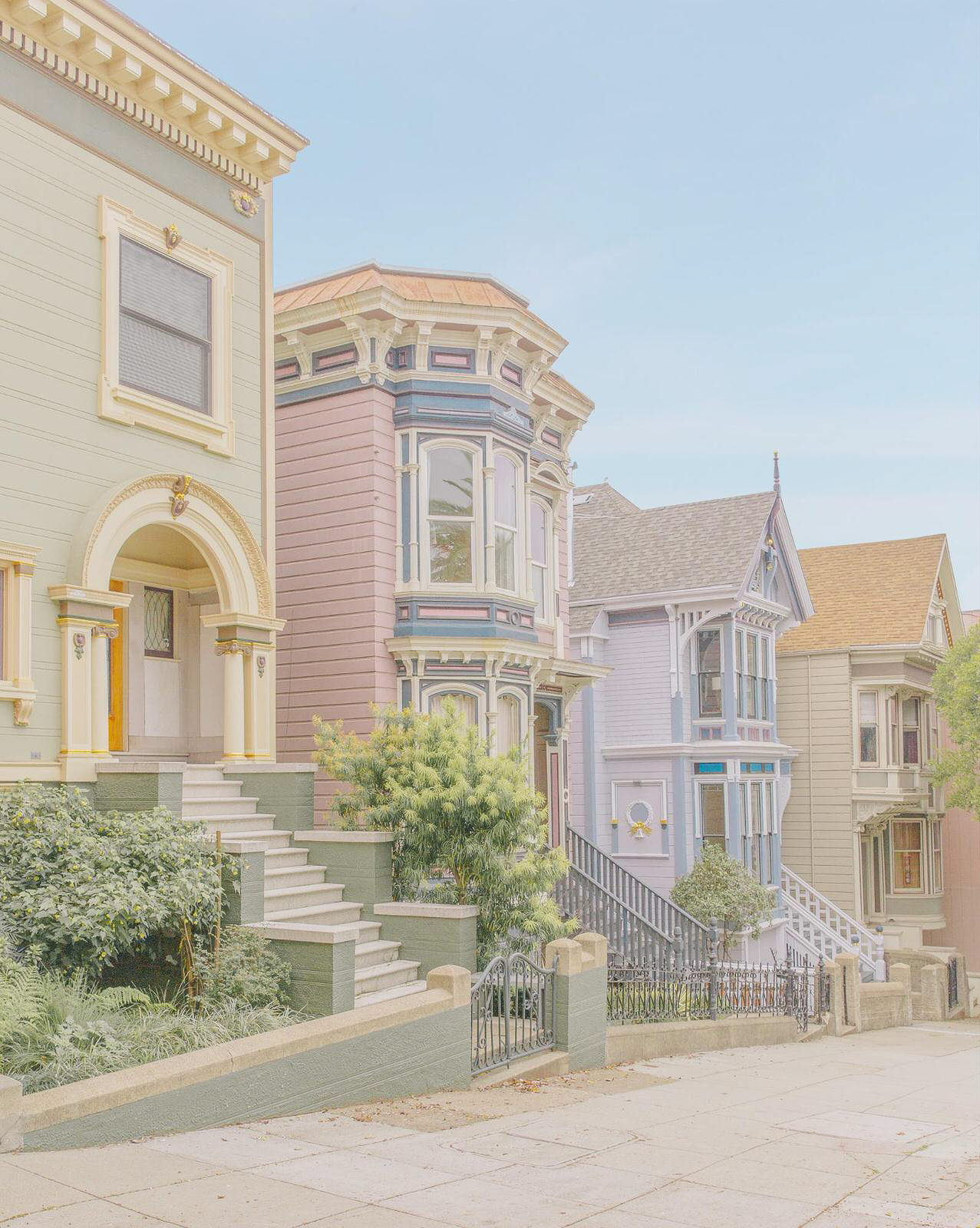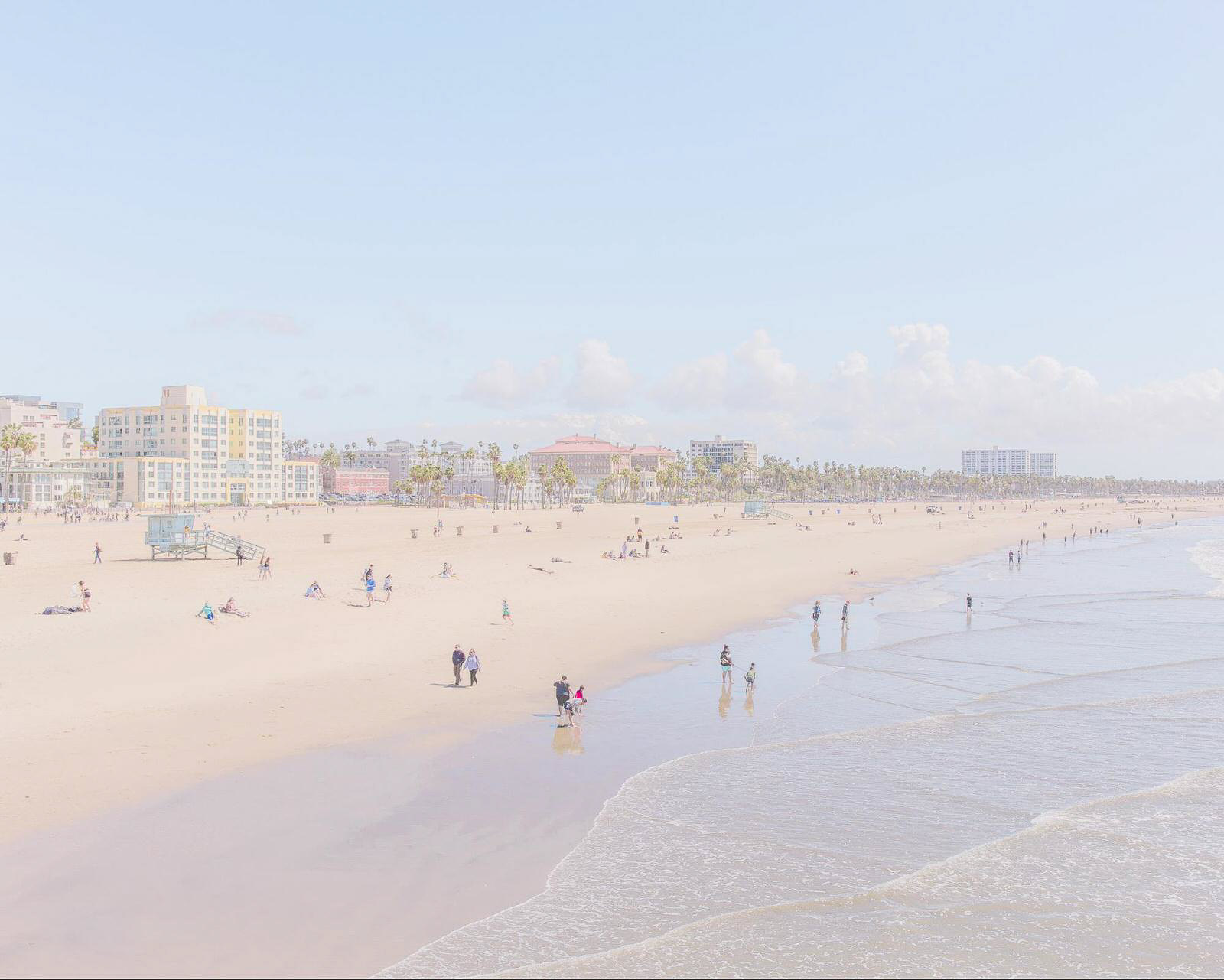
From Lisbon, by the Sea: Teresa Freitas’ Pastel Portugal
Viewing Portugal through the eyes of Lisbon-based photographer Teresa Freitas is like stepping into a fantasy world – or, perhaps, a Wes Anderson film. With soft, airy pastel colors, bright white sunlight, and imaginative compositions, Teresa captures the coastlines and countrysides of the country she calls home in a way that gives viewers a taste of what the landscape has to offer. You can almost smell the salty sea air and feel the grit of sand under your feet.
After completing a master’s degree in design in 2016, Teresa began pursuing photography seriously as a career. Her current work with brands involves teaming up with agencies to develop creative content for social media channels – particularly Instagram. In 2018 alone, Teresa collaborated with Polaroid, Fujifilm, American Express, Huawei, Fairmont and Corinthia Hotels, and Netflix, among others.
We caught up with Teresa to discuss how she developed her signature style, and how she stays true to her vision during commissioned projects with brands and clients.
The colors in your images are an interesting blend of muted and bright – where did this style come from? What does it mean for you, and what impact do you think it has on your photography?
I’ve always been attracted to tinted colors, so I think it was a natural outcome of my work maturation. I can’t pinpoint an exact moment, but it was definitely through traveling and street photography that I felt more compelled in working the image and places to how I wanted them to be shown. Color can shape the image and detach it from reality, even if just subtly. That’s what I see when looking at my photographs after editing: something that exists, but isn’t quite real. I often do this at a superficial level, but I would also be interested in seeing how these tones that are often related to soft, calm and careless scenes would look in more serious and tense situations.
Do you have any particular habits that are a part of how you begin your creative process?
It depends. If I’m traveling, there isn’t really a creative process. Although I always look up some things I want to see or do beforehand, they’re usually not what I’m going to photograph or publish after. Most of my travel images aren’t planned, they come from walking in the streets and trying to absorb the place – photography made me more aware of my surroundings and makes me look with a more attentive eye.
On the other hand, if it’s a collaboration with a brand, that’s another story. A lot of brands right now ask for a proposal of what I’m planning to shoot to be reviewed/accepted. It obviously starts with the briefing and what the brand is trying to achieve. I usually sit down quietly and start writing ideas that pop into my head into a checkbox list. I’m trying to answer the questions of ‘What can I relate this product/service with?’ ‘How would I like to show it?’ ‘What props can I use to make it interesting?’ Then, I usually make quick colored sketches of my ideas to present to the brand, with a couple of topics on the side if necessary. I find this works much better for me than to explain it through words.
How do you choose which clients to work with, and how do you maintain your signature look for collaborations or commissioned work – especially with more high-profile brands?
It’s always a matter of having a connection of taste with what you are shooting. If I like it and the brand values my work, I’ll do it. People behind brands/agencies whose work is to select the photographer/artist/content creator are usually very good at what they do, therefore that first connection is already done – they’ve selected me because they believe I would be a good fit to that specific collaboration. 99.9 percent of the time, they are right in the sense that it will be of my interest. Having a defined editing style helps a lot when maintaining my signature, since people will more quickly relate my work to tones than to subjects. It definitely makes my life easier – even when I have some concerns on how a subject will fit my body of work, that goes away when I start editing the shots.
How do you know when an image is ‘done’?
That’s something you just know, I don’t think it’s explainable. You see it and you immediately feel it. At least, that’s what happens in my case. You’ve learned and trained your eye through time and experience to be able to recognize the final image. I always have the editing process in the back of my head, so I know that things will look different when I start working on them.
What do you do when you hit a wall during your creative process?
I think an important thing is trying to not be so hard on yourself. I don’t have problems with ideas, but some problems can arise with their execution – and, of course, some ideas are better than others. In a specific context, mood and point in time, I naturally accept the ideas that come into my head. Maybe, two months forward, I would have better ones, but this is what I have now – so I need to work with what I have now.
Regarding the execution, I rarely photograph alone for a collaboration job. For me, it really helps to have someone there to back me up, give a second opinion, or just be there to hear my frustrations and remove the importance I’m giving to a possible failure. It also helps that I always have more than one idea for a final image – that way, I can pick my favorite and not be so worried if one doesn’t work during shooting. If something is not working (and you really tried for it to work), just let it go. Maybe it will work for another job, in a different context, in a different mood, in a different point in time.
What kinds of challenges have you faced in your work? How have you overcome them?
One of the best things about Instagram and social media is that it opens up your work to everyone and reaches endless possibilities. I haven’t faced many challenges because I haven’t met another reality in this line of work. I grew as a photographer because of Instagram, and not before it existed. That’s how it happened for me.
The challenges I’ve faced are more about questioning my work: what I don’t like, how can I improve and, of course, how can I reach more people and get more collaborations, so I can live off doing what I love? It’s a constant learning process, and I don’t have it figured it out. I know that I don’t want my work to stagnate and keep revolving around the same ideas. I want to get better at what I already do and push forward, learn and show new things. Overcoming challenges is about being motivated. If you found your motivation and ambition, it will help you to deal with them.
What’s the one quote that always fires you up?
I don’t think there’s a specific quote that I turn to for motivation, maybe “just keep swimming.”
“Don’t underestimate the power of consistency and desire” is one I relate my work to. On a more personal level, “don’t do to others what you don’t want others to do to you” has always been an important lesson for me to live by.
What book would you recommend any creative person read?
Taste in books is very personal and usually different from one person to another. If looking for a good mix of suggestions, I tend to trust Brain Pickings articles. I think artist books are the best to fuel your visual creativity, but I do like reading more about things outside of the photography and art worlds. Maps of the Imagination: The Writer as Cartographer; The Gene: An Intimate History and a quick and easy read I’ve read recently is The Secret Lives of Color.
What artists or photographers do you most admire? And how has their work influenced your own?
I think this question can be unfair, since you see a ridiculous amount of different work by various people throughout the years. Non-artists/photographers that share their images on social media can also have an impact on you. I think more than artists or photographers, it’s specific works of art and images that are going to influence your work. Of course, everyone has favorites. My list is big. I can name a few: Hayao Miyazaki, René Magritte, Nguan. They might have influenced me in different ways, but their attitude towards their work has influenced me to evolve and expand my own work to a next step.
When did you first begin to consider yourself a photographer and artist? How did you get your start?
I actually took a long time before calling myself a photographer/artist. I question my work often and didn’t feel the need to be one or both, because collaborations kept on coming regardless. Brands started approaching me and it grew. Instagram blurs boundaries and so, in the beginning, I just viewed what I did as content creation. I guess I started considering myself a photographer last year, when I started paying more attention to developing and grooming my personal style.
What advice would you give to photographers who haven’t yet found their style?
I believe that learning by yourself is the best way to develop your style. For me, it came down to photographing for the sake of photographing. Absorbing a lot of art, images, stories. Trying different subjects and understanding which ones I felt I was best at shooting, or which ones I wanted to get better at. When it comes to editing, which is where my style is most defined, it was just about spending time with the editing software. It wasn’t something I developed in a day. I still develop it each time I edit each image, so the possibility of changing to something new, even slightly, is always there.
Most of the messages I get in my inbox are people asking if I use filters or presets, and if so, which ones. I even have some people asking me the specific settings in Lightroom to achieve the aesthetics of an image they liked. I can definitely accept and even agree that copying someone’s work is a good way to learn. I can’t stop anyone from trying to achieve an identical aesthetics to my own, but the best way to learn and to develop from that style is to work on it yourselves. Find an editing software you are comfortable with at first, or that you really want to learn how to use. You can even watch or read tutorials to understand what each section does and how it can change the look of your image. The possibilities are all there, you just have to work with them.
What opportunities has your photography opened up that you hadn’t expected?
The opportunity to travel has always been, and will always be, the best thing that photography on Instagram has given me – although the experience of visiting and shooting a Netflix series set and production in Los Angeles also has a solid place at the top.
What are you focusing on right now, in your work and photography?
Very objectively, because my professional work depends on the audience that I have, a constant focus is on how to grow consistently without jeopardizing quality and being satisfied with what I’m presenting at all times. How to do better, reach more people, and keep it interesting for everyone. Regarding photography, there’s a lot of room to evolve – so that’s what I want to explore. I’m planning some trips for the future that I believe will help my work move forward. Ideally, I would like to devise some new challenges that would put my way of working and creativity to the test – I have a couple in mind, but need to find the right motivation and tackle them with thought and time.
How do you hope your work impacts viewers? What do you aim to express through your photography?
I don’t have an aim to impact viewers in a specific way, and my expectations aren’t determined. Of course, I want people to like what I do (because I like it and think it’s worth it). That’s the core. To have people relate to my images, appreciate them, admire a specific detail or recognize they’re worthy of interest, even if they don’t match their personal taste. I believe that sometimes, in photography, there isn’t a need to describe the images we’re seeing. Sometimes it’s strictly for visual pleasure, nothing more. It can be meaningless, and that doesn’t mean you can’t like it, anyway. Some of my pictures will have stories or intentions behind them, some won’t. My editing process is what defines my work as a whole, because I like consistency and look for a specific aesthetic in each of my images. So that’s all I’m hoping that people will recognize.
Teresa’s images provide a delightful escape from the dreariness of the mundane, giving viewers the chance to explore a more idealized version of reality, where the skies are filled with the clouds from a Magritte painting, the buildings are perfectly pastel, and the sparkling blue sea lies just around every corner. See more of her work on her website or follow her on Instagram.
